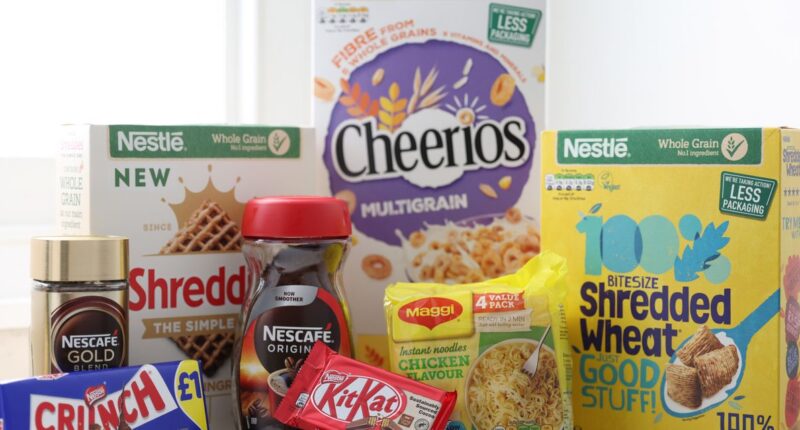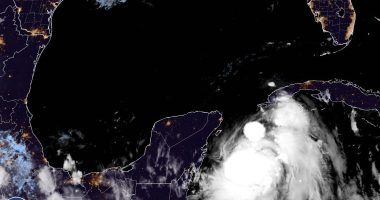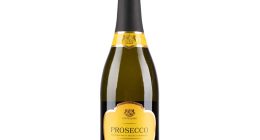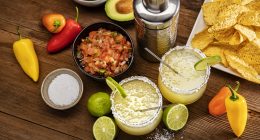
Nestlé SA promised it will work to boost the nutritional value of its snacks, drinks and food products, after most of its portfolio was rated as unhealthy.
Less than half of Nestlé’s main food-and-drink portfolio is considered healthy, according to the results of an international nutrient profiling system that the Swiss food company published for the first time. Nestlé started using it last year with the aim of boosting transparency about the nutritional value of its products.
In its 2022 annual report, published Tuesday, the maker of KitKat chocolate bars and Nescafe coffee said 54% of its net sales came from products rated at the lower end of the health ratings scale. This doesn’t include pet food or other specialized products, such as vitamins, and excludes some recent acquisitions, Nestlé said.
Alongside multivitamins and bottled water, Nestlé’s brands include a range of confectionery and breakfast cereals, as well as instant-coffee and milkshake drinks, Häagen-Dazs ice cream and ready meals. The health star rating system, or HSR, ranks the nutritional profile of packaged foods on a scale from a low of half a star up to five stars for the healthiest foods. The lowest-rated products, below 1.5, are those that should be eaten only occasionally, while those from 1.5 to less than 3.5 should have their nutritional value improved and guidance given, Nestlé said.
Of Nestlé’s products by sales, 17% had an HSR of less than 1.5 and a further 18% had one below 3.5. Another 30% of the products had an HSR of above 3.5, which means the nutritional value is of a good level, Nestlé said. The remaining 35% included those that aren’t generally subject to health ratings.
To be sure, some of Nestle’s range of confectionery products are unlikely to ever qualify as healthy; however, the company has also committed to helping its consumers make healthier choices, through initiatives such as clear nutritional labeling, designing portion sizes carefully and offering recipes for use of fresh ingredients.
The HSR was formulated by the Australian government to boost transparency in food products and to encourage manufacturers to raise their nutritional value. It has been widely adopted and incorporated into companies’ own self-assessments, including by Nestlé’s rival Unilever PLC, maker of Ben & Jerry’s ice cream and Hellmann’s mayonnaise. Unilever’s figures, published in October, showed that only 24% of its global revenue for 2021 came from products with an HSR above 3.5.
“Our focus is on improving the nutritional value of our products,” Nestlé said. “We are continuously improving the nutritional profile of our products by adding more whole grains, proteins and fibers while reducing sugars, sodium and saturated fats—without compromising taste.”
Nestlé said it would reduce sodium in many of its products, such as instant noodles and bottled sauces. It expects to complete initial reductions by the end of 2025, with a further round of reductions scheduled for 2030.
In 2021, Nestlé came top of a ranking of major food and beverage players for its contribution to addressing malnutrition. The rankings from the Access to Nutrition Initiative rate companies on their practices and disclosure, including on ensuring healthy products and influencing consumer choices.
— Giulia Petroni contributed to this article.
Write to Joshua Kirby at [email protected]
Copyright ©2022 Dow Jones & Company, Inc. All Rights Reserved. 87990cbe856818d5eddac44c7b1cdeb8









